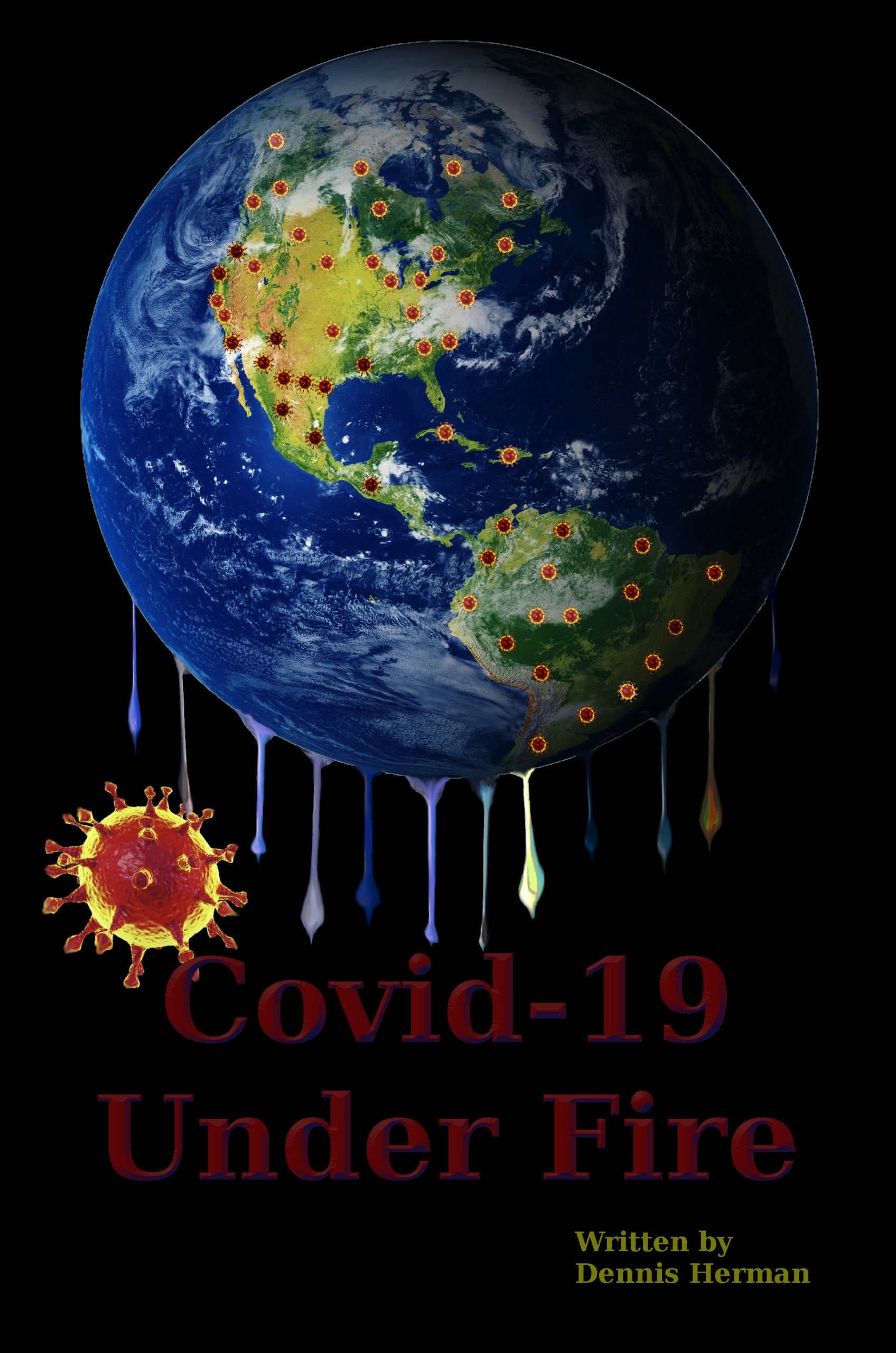The Origin of Covid-19
Although there are suspicions on the number of people involved in virus research, what governments are involved, and what are their motives, the majority of research turns up a few names and facts. As we have seen, Dr. Fauci asked for and received funds to research avian or bird flu.

